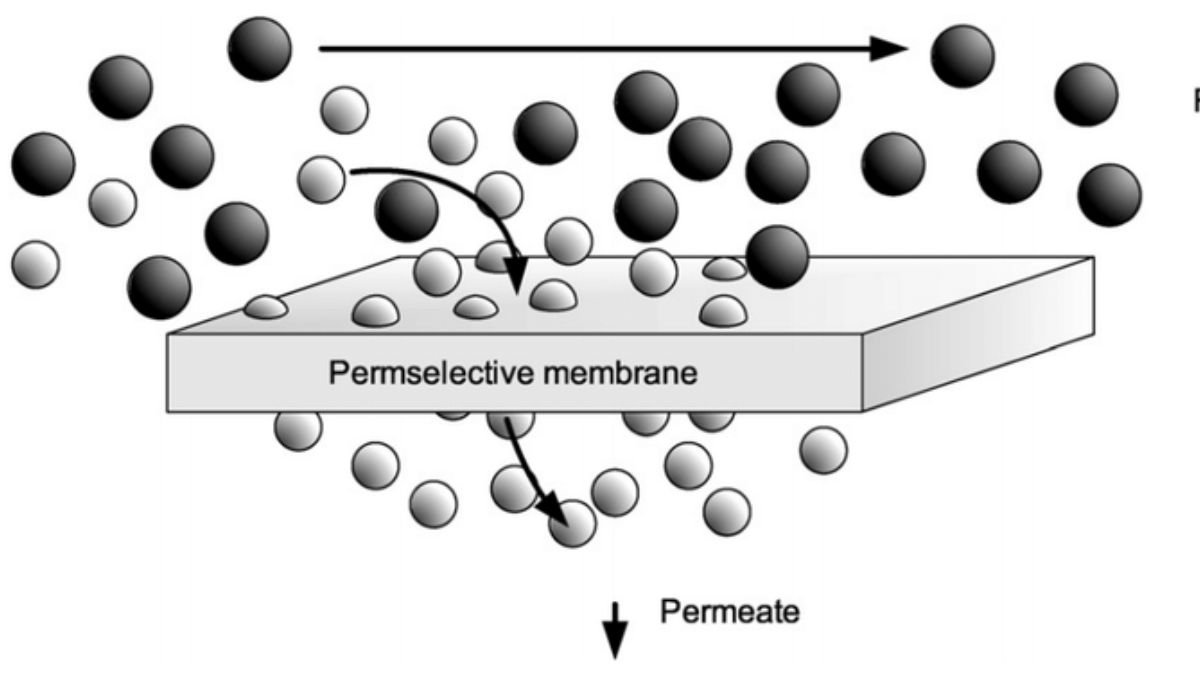Gas separation is playing an important role in today’s world in all three sectors of energy, environment and industry. Whether it is removing CO₂ from natural gas, purifying hydrogen or separating oxygen and nitrogen from atmospheric air – the use of gases in their pure form has now become a necessity in every technical field.
Today, two major technologies are popular for separating gases – thermal processes and membrane technology.
In this article, we will compare these two processes and try to find out which technology is more effective and sustainable from the energy point of view.
What is a thermal process?
The thermal process, as the name suggests, is based on heat. In this, gases are separated from each other by heating them to high temperatures or by keeping them under pressure. Thermal processes include the following major techniques:
- Cryogenic Distillation: gases are cooled to very low temperatures so that they become liquid and then separated according to their different boiling points.
- Absorption: a particular gas is absorbed in a liquid.
- Adsorption: gases stick to a solid surface and are then separated.
All these techniques are energy intensive, as either heating or cooling is required – both of which are associated with energy consumption.
What is membrane technology?
Membrane technology is a physical separation process in which gases are passed through a semipermeable membrane. This membrane allows some gases to pass more rapidly, while blocking others. Its main types are:
- Polymeric Membranes: Low cost and suitable for general purposes.
- Inorganic Membranes: Workable even at high temperatures.
- Mixed Matrix Membranes: New generation advanced membranes.
The biggest advantage of this technology is that it can be run without much energy. No high temperature required, no cooling system – just a simple pressure difference does the job.
From the industrial use point of view
The selection of each technology depends on its requirement and scenario.
- If the goal is to obtain a gas of very high purity, such as medical oxygen or cryogenic hydrogen, then thermal technology is preferred.
- But if the objective is to do gas separation with low cost and energy saving, then membrane technology is more suitable.
Therefore, the use of membrane technology is rapidly increasing in biogas upgradation, nitrogen generation, hydrogen recovery and other industries.
Environmental impact and sustainability
Environmental sustainability is a big issue along with energy efficiency in today’s world. While thermal technologies consume more energy, membrane technologies not only operate with less energy, but also emit very low greenhouse gases.
This means that membrane technology is eco-friendly and is considered more suitable for net zero carbon goals.
Challenges and limitations
Although membrane technology has many advantages, it also has some limitations:
- Selecting the right membrane for some gases is challenging.
- The membrane is prone to fouling (clogging) or damage in the long term.
- The thermal process still proves better for purity in some cases.
Future Direction: Innovation and Research
Membrane technology may emerge in a more advanced form in the future. Its use is likely to grow rapidly with the advancement of nanotechnology, graphene-based membranes, and AI-based system design.
On the other hand, thermal technologies are also improving through energy recovery systems and heat exchangers.
Conclusion
When we judge only on the basis of energy consumption and environmental impact, membrane technology emerges as the clear winner.
Although thermal processes have their place in terms of purity and large scale, membrane technology is the future of gas separation in view of the energy crisis, cost and environmental concerns in the coming times.
